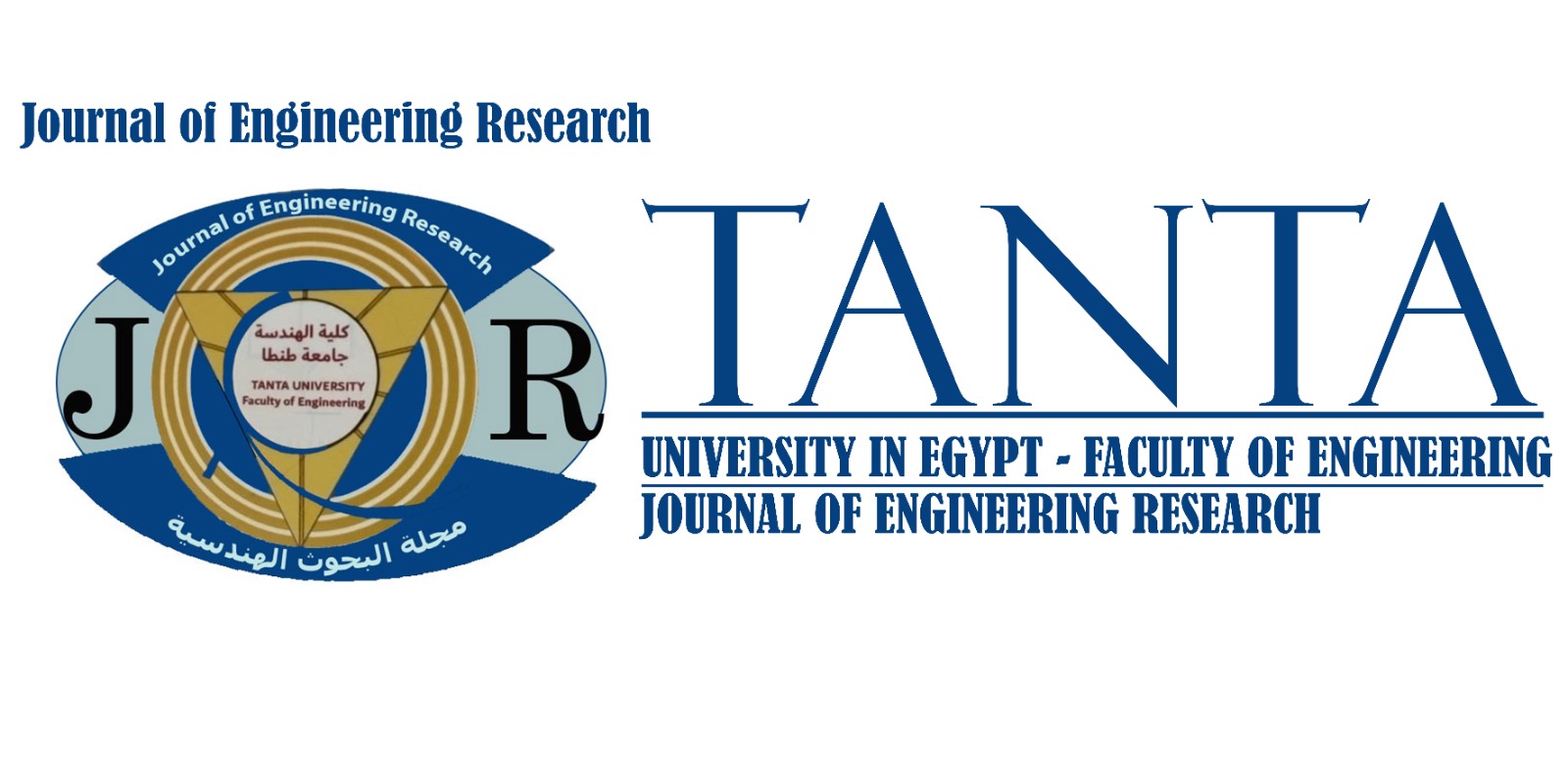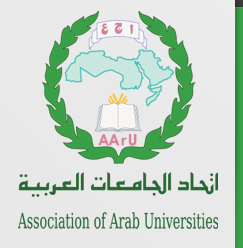Journal of Engineering Research

DOI
https://doi.org/10.70259/engJER.2025.911926
Abstract
Recently, the visual identity of urban spaces represents a basic variable of human-made environments. Because the human is being affected by the natural and artificial surroundings of his environment, the cultural values, and the social environment participate in the creation of urban spaces. Therefore, the importance of evaluating the visual identity of urban spaces becomes evident in their improved qualities. In this context, the historic districts contain planning patterns, social networks, historic buildings, ceremonial rituals, and traditional lifestyles, crafts, and skills. All of that forms the uniqueness of the cities that contain historical sites and configures the visual identity of their different spaces according to the history painting their paths and squares. However, the historical sites often suffer from urban deterioration, loss of cultural identity, inadequate functionality, and weak visual image accompanying the expansion of cities and the recent urban transformations, which of course negatively affect the aesthetics of their visual components as well as their urban characteristics. Accordingly, this paper aims to address revitalizing the visual identity of historical districts as a key strategy to improve the quality of their urban spaces, with a concentration on Al-Saliba Street in Egypt. This paper also provides a comprehensive framework emphasizing the cultural and visual characteristics of urban spaces in order to strengthen their identity and quality. This framework is anticipated to be applied to other Egyptian historical districts, as it is expected to foster a unique strategy for a stronger visual appeal, preserved cultural heritage, and improved liveability levels for similar cases.
Recommended Citation
Thabet, Ahmed Mohamed
(2025)
"Revitalizing Visual Identity: A Framework to Improve the Quality of Urban Space in Historic Districts Case Study: Al-Saliba Street, Cairo,"
Journal of Engineering Research: Vol. 9:
Iss.
1, Article 34.
DOI: https://doi.org/10.70259/engJER.2025.911926
Available at:
https://digitalcommons.aaru.edu.jo/erjeng/vol9/iss1/34

